Lead Titanate Sputtering Target Description
The Lead Titanate Sputtering Target from TFM is an oxide sputtering material composed of lead (Pb), titanium (Ti), and oxygen (O).
 Lead, also known as plumbum, is a chemical element with the symbol “Pb,” derived from the Latin word “plumbum.” It has been used since around 7000 BC, discovered by ancient civilizations in the Near East. Lead has an atomic number of 82 and is located in Period 6, Group 14 of the periodic table, within the p-block. The relative atomic mass of lead is 207.2(1) Dalton, with the number in brackets indicating the measurement uncertainty. Lead is known for its high density, malleability, and resistance to corrosion, making it useful in a variety of applications including batteries, radiation shielding, and pigments.
Lead, also known as plumbum, is a chemical element with the symbol “Pb,” derived from the Latin word “plumbum.” It has been used since around 7000 BC, discovered by ancient civilizations in the Near East. Lead has an atomic number of 82 and is located in Period 6, Group 14 of the periodic table, within the p-block. The relative atomic mass of lead is 207.2(1) Dalton, with the number in brackets indicating the measurement uncertainty. Lead is known for its high density, malleability, and resistance to corrosion, making it useful in a variety of applications including batteries, radiation shielding, and pigments.
Related Product: Lead Sputtering Target
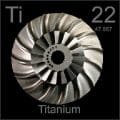 Titanium is a chemical element named after the Titans, the sons of the Earth goddess in Greek mythology. It was first mentioned and observed by W. Gregor in 1791, with its isolation later accomplished and announced by J. Berzelius. The chemical symbol for titanium is “Ti,” and its atomic number is 22. Titanium is located in Period 4, Group 4 of the periodic table, within the d-block. Its relative atomic mass is 47.867(1) Dalton, with the number in brackets indicating the measurement uncertainty. Titanium is known for its high strength-to-weight ratio, corrosion resistance, and biocompatibility, making it widely used in aerospace, medical implants, and various industrial applications.
Titanium is a chemical element named after the Titans, the sons of the Earth goddess in Greek mythology. It was first mentioned and observed by W. Gregor in 1791, with its isolation later accomplished and announced by J. Berzelius. The chemical symbol for titanium is “Ti,” and its atomic number is 22. Titanium is located in Period 4, Group 4 of the periodic table, within the d-block. Its relative atomic mass is 47.867(1) Dalton, with the number in brackets indicating the measurement uncertainty. Titanium is known for its high strength-to-weight ratio, corrosion resistance, and biocompatibility, making it widely used in aerospace, medical implants, and various industrial applications.
Related Product: Titanium Sputtering Target
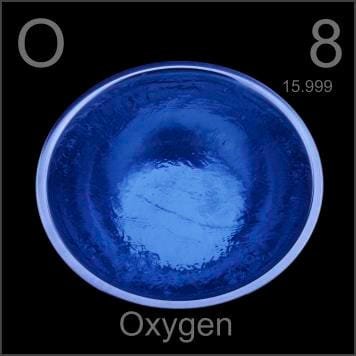 Oxygen is a chemical element whose name is derived from the Greek words ‘oxy’ and ‘genes,’ meaning acid-forming. It was first mentioned and observed by W. Scheele in 1771, who also later accomplished and announced its isolation. The chemical symbol for oxygen is “O,” and its atomic number is 8. Oxygen is located in Period 2, Group 16 of the periodic table, within the p-block. Its relative atomic mass is 15.9994(3) Dalton, with the number in brackets indicating the measurement uncertainty. Oxygen is essential for life on Earth, playing a critical role in respiration, combustion, and various chemical processes.
Oxygen is a chemical element whose name is derived from the Greek words ‘oxy’ and ‘genes,’ meaning acid-forming. It was first mentioned and observed by W. Scheele in 1771, who also later accomplished and announced its isolation. The chemical symbol for oxygen is “O,” and its atomic number is 8. Oxygen is located in Period 2, Group 16 of the periodic table, within the p-block. Its relative atomic mass is 15.9994(3) Dalton, with the number in brackets indicating the measurement uncertainty. Oxygen is essential for life on Earth, playing a critical role in respiration, combustion, and various chemical processes.
Lead Titanate Sputter Target Handling Notes
- Indium Bonding: Indium bonding is recommended for the lead titanate sputtering target due to its brittleness and low thermal conductivity, which make it less suitable for traditional sputtering methods.
- Thermal Conductivity: This material has low thermal conductivity and is susceptible to thermal shock. Proper handling and bonding techniques are essential to prevent damage during the sputtering process.
Lead Titanate Sputter Target Application
The Lead Titanate Sputtering Target is utilized in a wide range of applications, including thin film deposition, decorative coatings, semiconductors, displays, LEDs, and photovoltaic devices. It is also used in functional coatings, the optical information storage industry, glass coatings for automotive and architectural glass, and optical communication systems, among other fields.
Lead Titanate Sputter Target Packing
Our Lead Titanate Sputtering Targets are meticulously tagged and labeled externally to ensure efficient identification and maintain strict quality control. We take extensive precautions to prevent any damage during storage and transportation, ensuring that the products maintain their integrity and high quality upon delivery.


 MSDS File
MSDS File
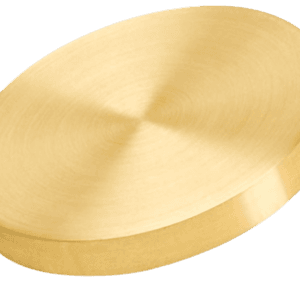
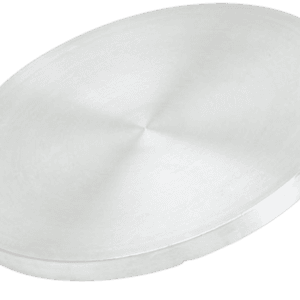
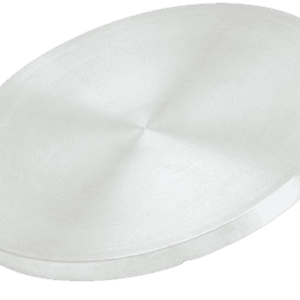
Reviews
There are no reviews yet.